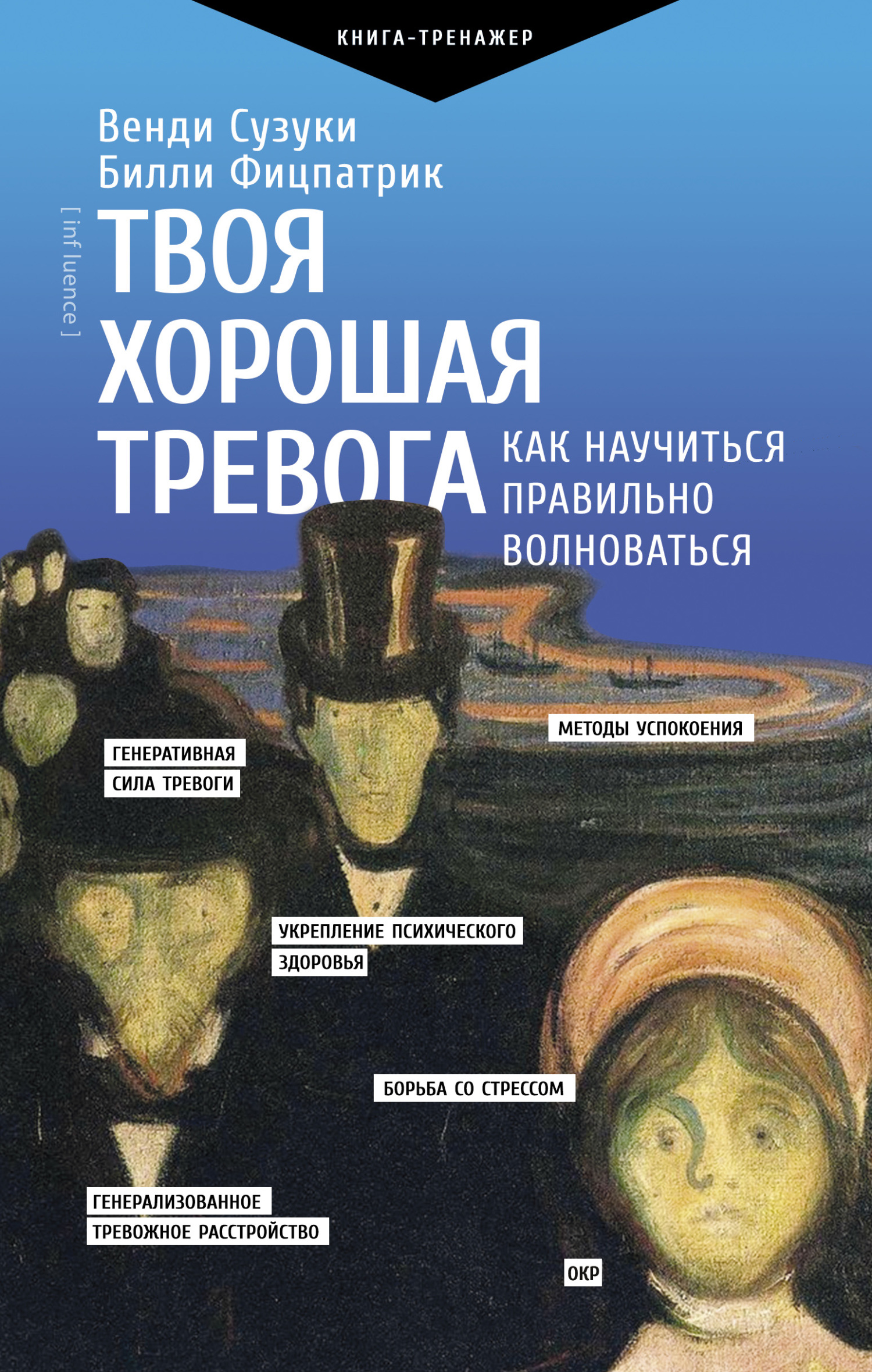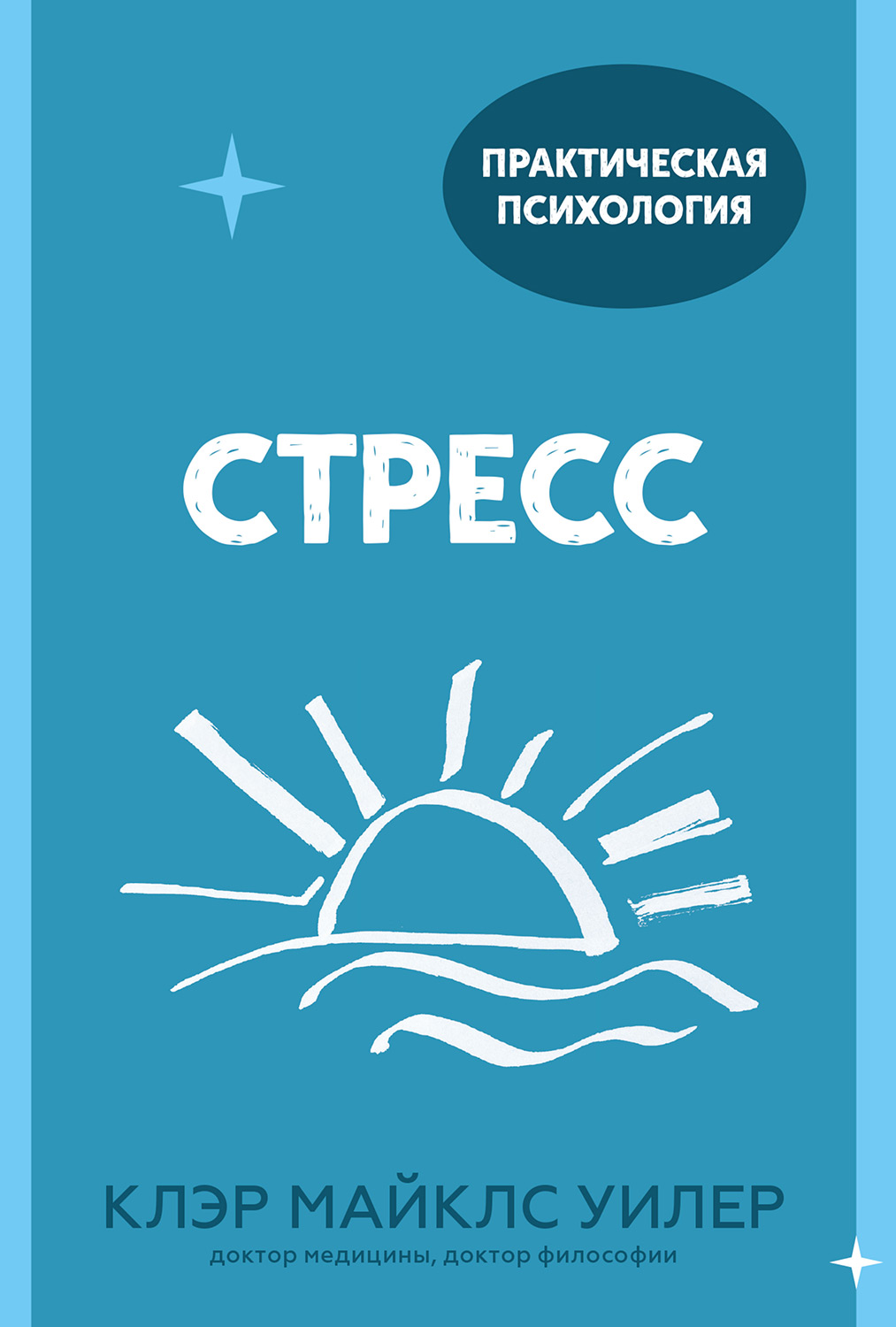Шрифт:
Закладка:
Тревога —это не слабость, а сигнал вашего мозга, что пришло время перемен. Если мы воспринимаем тревогу как что-то, чего следует избегать или игнорировать, то на самом деле упускаем способы улучшить свою жизнь.«Твоя хорошая тревога» – книга, написанная профессором нейробиологии и психологии университета Нью-Йорка, которая станет полезным руководством для тех, кто хочет изменить свое отношение к стрессу, и превратить беспокойство в суперсилу.Теперь тревога – это ваш способ стать лучше. В ваших руках способы и методики, которые поменяют ваше отношение к беспокойству, узнаем и разберем:– как повысить уровень стрессоустойчивости;– как прийти к эмоциональной стабильности;– как заставить тревогу работать на вас.В формате PDF A4 сохранен издательский макет книги.





